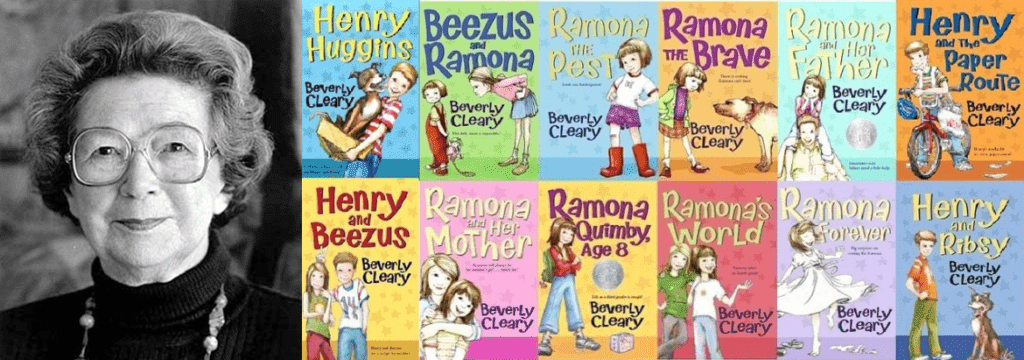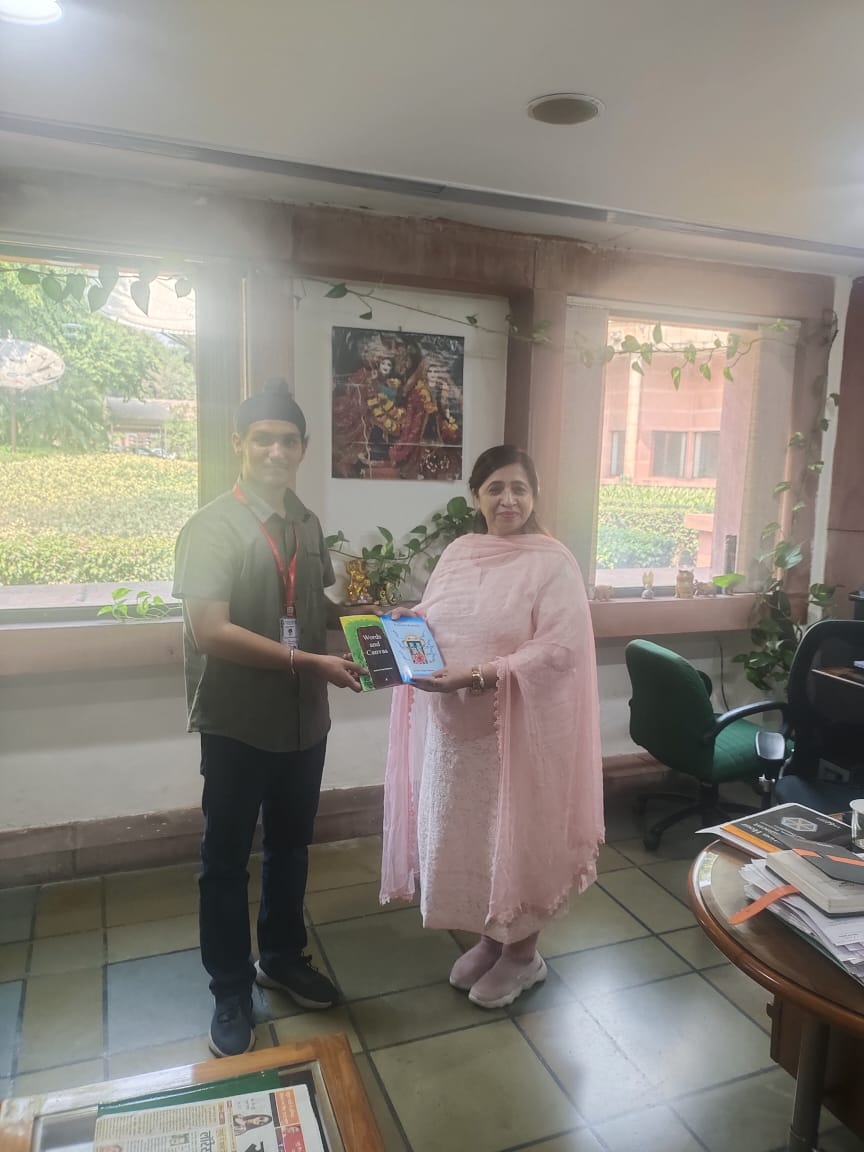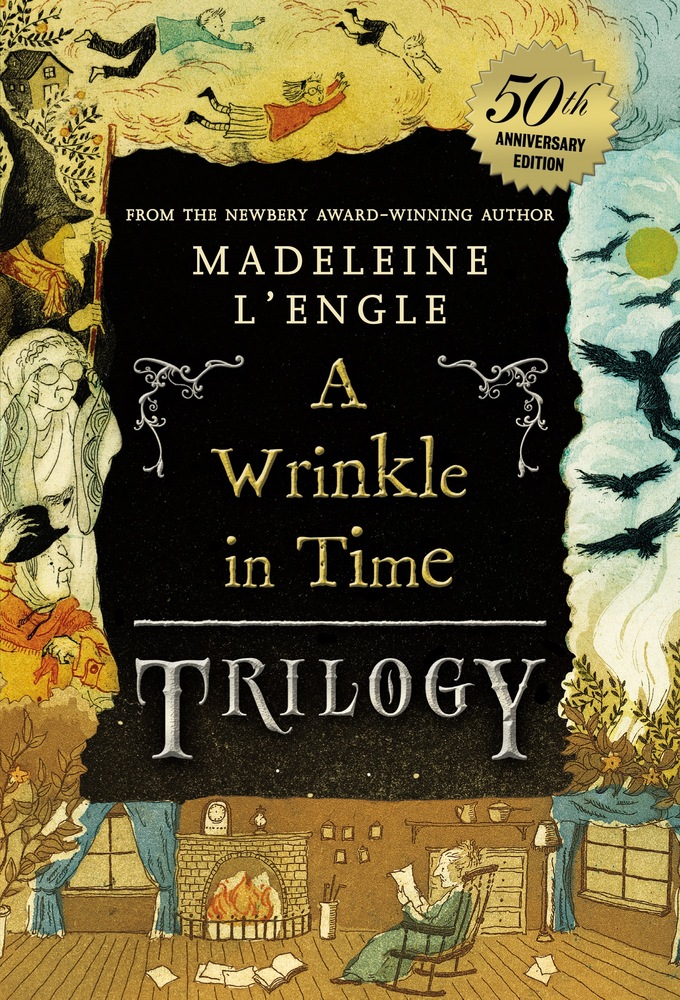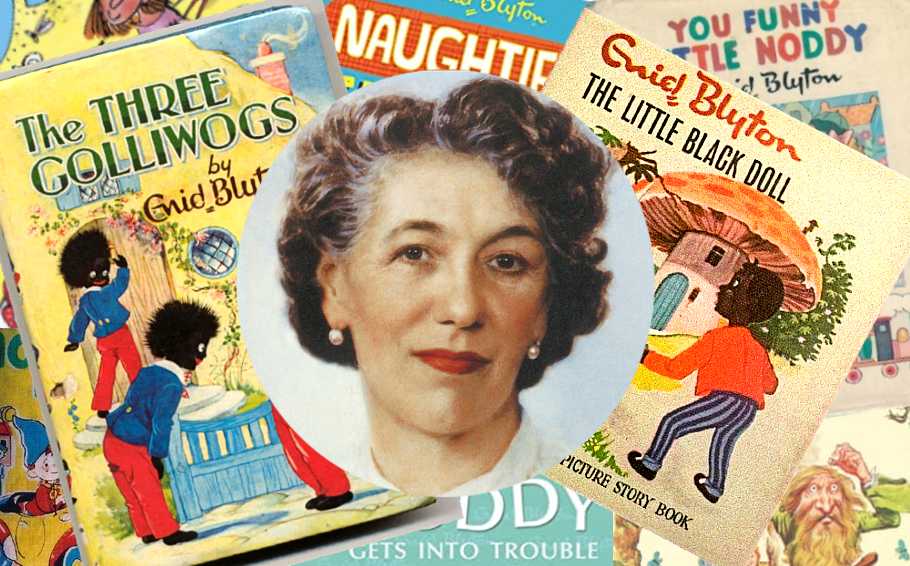The indigenous people of New Zealand are referred to as the Maori tribes. Belonging to the Polynesian Islands, these people are famous for their art, culture, dance, music, and food. Their art is inspired by nature, has geometrical designs and the colours that play a significant role in showcasing a person’s social standing in the society.
The Maori tribes of New Zealand are known for intricate carving (Whakairo), tattooing (Tamoko), weaving (Raranga), and painting (Peitatanga). These are not just treated as art but considered to be a part of the identity of the Kiwis as it reflects their culture, their history, and explains their connection to their lands.
Let us have a closer look at each artform that give the Maori tribe a unique identity:
Carvings (Whakairo):

Image Credits: https://www.newzealand.com/int/maori-carving/ (NewZealand.com)
The three main materials used by tribals for carving are wood, stone and marble. The tradition of carving intricate designs is passed on from one generation to another, therefore, the designs are traditional.
Traditional Maori craftsmen often use this skill to create canoes, weapons as well as musical instruments. These carvings serve a narrative as well as an aesthetic purpose as the motifs include mythological figures like koru (unfurling fern frond) and manaia (a mythical creature).
Fun Fact: Maoris are famous for their carving skills on bones as well. They make jewellery out of bones. Specific shapes symbolise specific ideas which are unique to their culture.
Tatooing (Ta Moko):

Image Credits: https://titantattoos.com/?p=822 (Maori Tattoos)
The art of tattooing your body with a chisel is referred to as Ta Moko. While men usually have these tattoos on their legs, thighs and face, women get themselves tattooed on their lips and chins.
Also called Moko, these tattoos are a sacred art form that speaks volumes about the wearer’s status within a community i.e., his social standing. It is quite interesting to know that no two tattoos are the same and each tattoo depicts the ancestry of a person.
Fun Fact: Also called the Kiwis, people of New Zealand are continuing this tradition. Women still proudly get their lips and chins tattooed to further their identity in the society.
Weaving (Raranga):

Image Credits: https://www.stuff.co.nz/life-style/119880798/whitianga-artist-raewyn-hildreth-finds-identity-in-flax-weaving (Whitianga artist Raewyn Hildreth finds identity in flax weaving)
From intricate wall paintings to items of necessity, weaving is an important activity among the Maori tribals. The tribals would use materials like flax to make baskets and even skirts. The designs have a checkered and lattice patterns that enhance the aesthetic appeal of the work.
The patterns woven convey meanings and act as a visual language that communicate cultural values. The fact that art is universal can be seen very evidently here as woven cane baskets are used in our day to day lives in India as well.
Fun Fact: A woven basket called Keta is used by people routinely to hold or carry food. In the photograph above, the lady can be seen carrying woven corsets which shows that people adapt with changing times and utilise their skills accordingly.
Painting (Peitatanga):

https://www.prints.co.nz/page/fine-art/CTGY/Maori_Art_Design
Painting is also a form of art insanely famous among the Maori tribes. Loaded with symbolism and spirituality, the tribals adorn their carved wooden pieces with painting designs on them rather than on conventional surfaces like canvas. Natural pigments are used to colour the surfaces.
Fun Fact: The three main colours used in their artwork were red, white, and black. Red symbolises warmth and life; white for purity; and black represents the earth.
Conclusion
Maori tribal arts are a symbol of cultural legacy that narrate tales of ancestry, spirituality, and further a sense of community. Preservation of these arts is crucial for maintaining cultural identity and keep the modern generation abreast with the previous forms of art. As the artists adapt to changing times, these artworks stand as a testament to the resilience and vitality of Maori culture in the modern era..

)
)
)
)
)
)
)
)
)
)